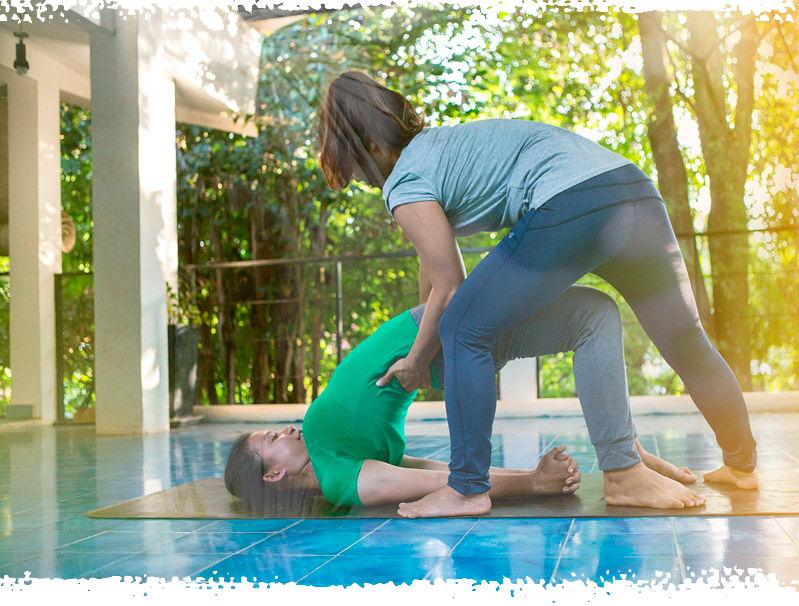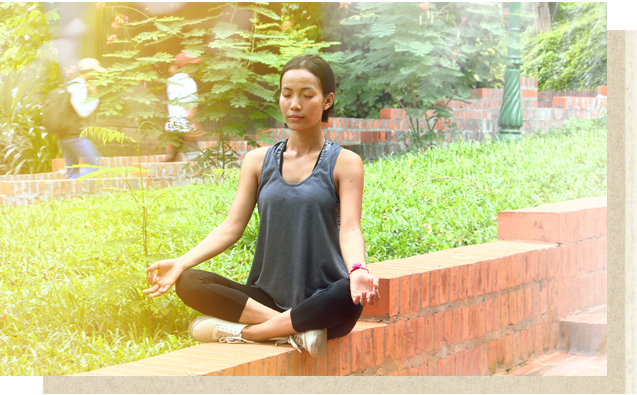OUR CONTRIBUTION

Yoga, Meditation, Arts & Education

YOGA
World Health Organization recog-nized yoga as a health tool and began research on how to integrate yoga into universal healthcare (World Health Organization, 2015). In December 2014, the United Nations General Assembly officially declared June 21 the International Day of Yoga (United Nations General Assembly 2014).
Yoga has the potential to offer a space to encounter emotional, mental, and physical discomforts. It provides some of the tools required for nourishing and building one’s own intelligibility through cultivating self-awareness and a harmonious body-mind relationship (Echavarría Alvarez, 2014). Yoga’s breath and movement techniques may help elicit the resources of the human body engaged with the peacework process.
Yoga can be adapted to various cultures and communities, as well as within physical spaces with very little room to move, or without the tangible instruments required for the practice. Additionally, it can be a cost-effective tool that draws on existing communally held knowledge and beliefs and can focus on the needs of a specific community with its members as key resources in this process (Lederach, 1995).
Yoga boosts the immune system through exercising the body and giving it more suppleness, strength and radiance, thus elevating one’s self-esteem. Yoga works deeply on the organs, the endocrine system and increases cardiovascular health and lung capacity. The effects on the parasympathetic nervous system allow for relaxation, and the release of dopamine positively affects mental and emotional states.
“Yoga has the potential to offer a space to encounter emotional, mental, and physical discomforts. It provides some of the tools required for nourishing and building one’s own intelligibility through cultivating self-awareness and a harmonious body-mind relationship”
—Echavarría Alvarez


MEDITATION
Meditation calls on its practitioners to harness the present moment, a phenomenon that contrasts with conventional understandings and applied mechanisms of peace building, such as truth commissions that focus on learning from the past and working towards a better future. This shift from the dominant model that in many cas-es uproots linear thinking and solutions for peace offers the potential for new possibilities and solutions to emerge that address conflicts in their complex and non-linear nature.
The meditation practice allows for the awareness of mental and emotional tendencies and for non-reactiveness to these impulses. The strong ethical values of yoga are designed to build a more peaceful, more compassionate and more noble human being.

ARTS
Arts are the result of a creative process. A person who deeply engages with their creativity is less likely to involve themselves with destructive behavior. The arts are an appreciation of beauty, which helps to elevate oneself from the ruins of poverty, war and violence. Most importantly, the arts are an expression of cultural identity, much of which has been destroyed by colonization, war and genocide. Both in Cambodia and Rwanda artists were among the first to be executed. Reawakening traditional cultural, as well as spiritual traditions greatly contributes to the healing, grounding and reconstruction of a culture or a nation.

“Art is unquestionably one of the purest and highest elements in human happiness. It trains the mind through the eye, and the eye through the mind. As the sun colours flowers, so does art colour life.”
—John Lubbock

EDUCATION
Our partners and beneficiaries receive an education that is founded in strong ethical values, which promotes physical and mental health, and self-confidence. Our education programs enable our partners to partake in initiatives that lead to healing and sustainable livelihoods. Our constituents progress through our programs on a structured path where they’re able to graduate from one tier to the next so that they ultimately become leading peace facilitators and advocates within their communities. Furthermore, education-based development enables empowerment as constituents become aware of the key elements of their well-being and that of their livelihoods. Thus, by becoming increasingly aware of the effects of interventions, stakeholders become protagonists that consciously contribute to their well-being and consequently replicate and enhance this development model.

